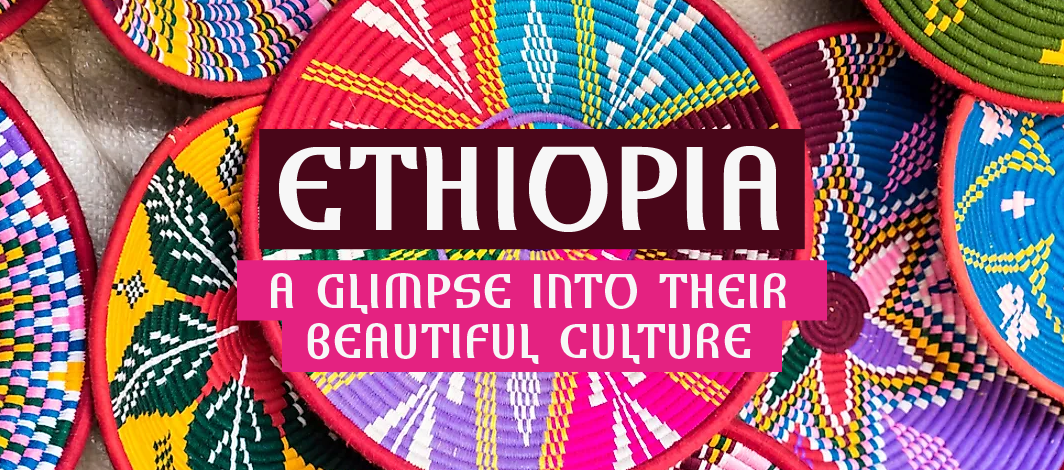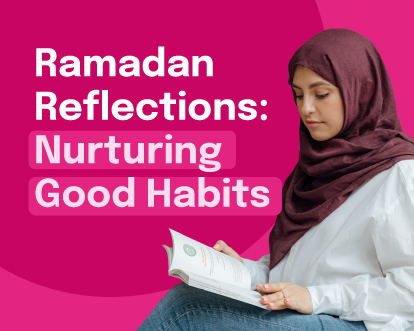Ethiopia is a special country with a unique culture.
With the second biggest population in Africa, it’s a diverse country with over eighty different ethnic groups each with their own cultural practices and language.
Sadly, some children focus so much on just surviving that their culture might pass them by. That’s one reason we feed them school meals – to help them preserve their identity for future generations.
Threads of Tradition
Each Ethiopian tribe has its own style and variety of clothes, often depending on climate. However, there are still some traditional outfits that encapsulate Ethiopia’s general culture.
For women, kemis are iconic. Mostly worn at formal events, kemis are long white dresses made of cotton and beautifully decorated with embroidery. Many wear a netela too, a delicate shawl with matching embroidery, worn differently depending on the occasion
These outfits are more than just formal attire – they’re a proud expression of their identity and culture.
Eating and Drinking Together
Two concepts are at the forefront of Ethiopia’s culture: collective living and selflessness and generosity. Ethiopians love gathering as a community and showing generosity to each other - and this is best seen when they come together to eat and drink.
It’s very normal to be fed whenever you visit someone’s home in Ethiopia. In fact, it would be rude to decline. After you’ve washed your hands, guests serve themselves from a communal plate before others serve themselves in order of age.
You won’t have a knife and fork, though. Instead, Ethiopians eat with their right hand, often using a slice of injera (a flat, spongy bread) to scoop up food – something that’s essential with wot, a spicy stew with meat or vegetables. If you’re a guest, you might be lucky enough to be hand-fed the tastiest parts of the meal, a mark of respect known as gursha.
Coffee is essential in Ethiopia, too. After all, rumour has it that coffee was first discovered by an Ethiopian goat-herder, and even to this day, 25% of the population relies on it for income.
You relax on pillows with incense in the background while coffee beans are washed, roasted and ground by hand. The coffee is then brewed and served three times, giving you time to enjoy the aroma, taste and conversations.
Ethiopia is home to the rich and generous culture – one we can preserve for future generations through school meals.








